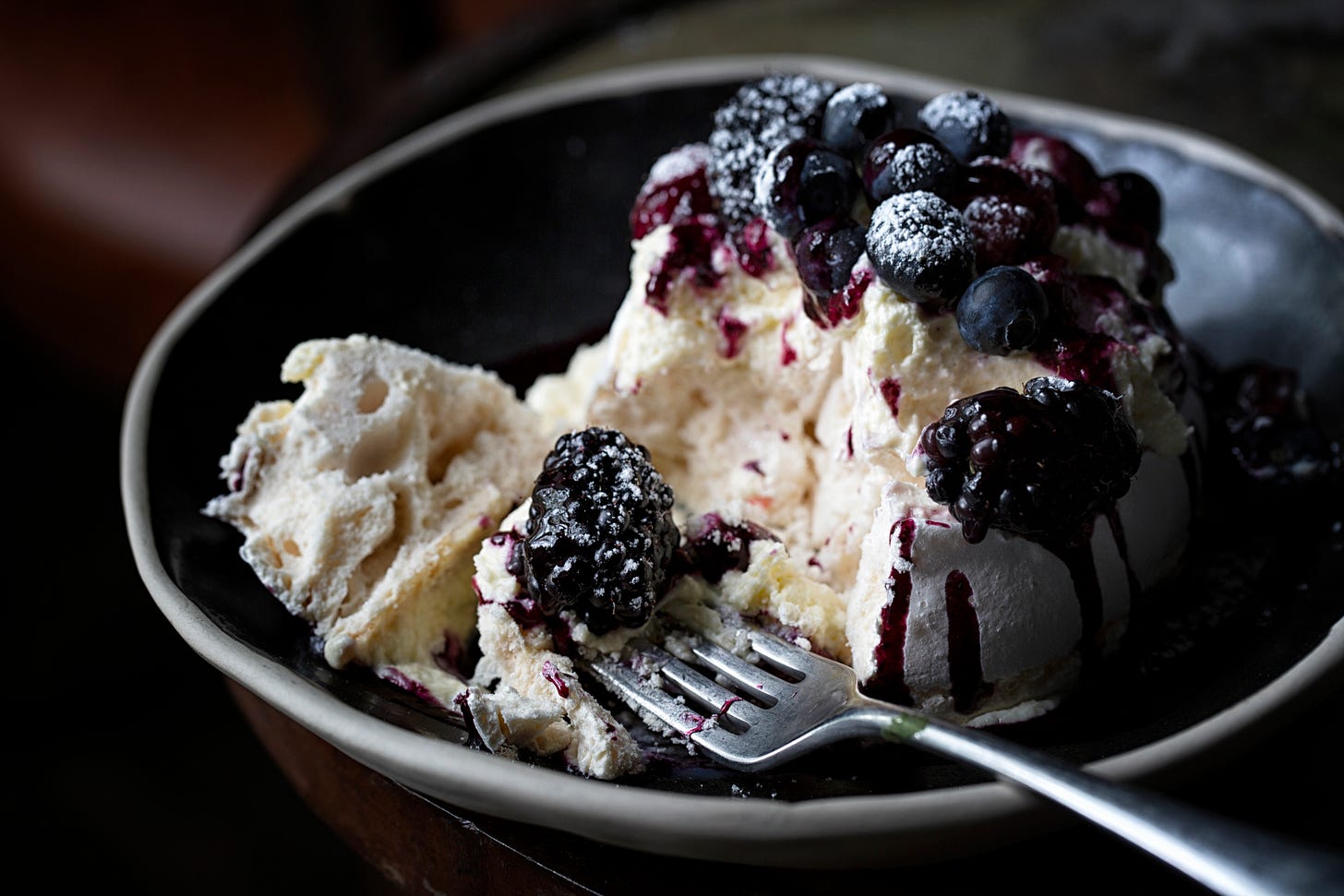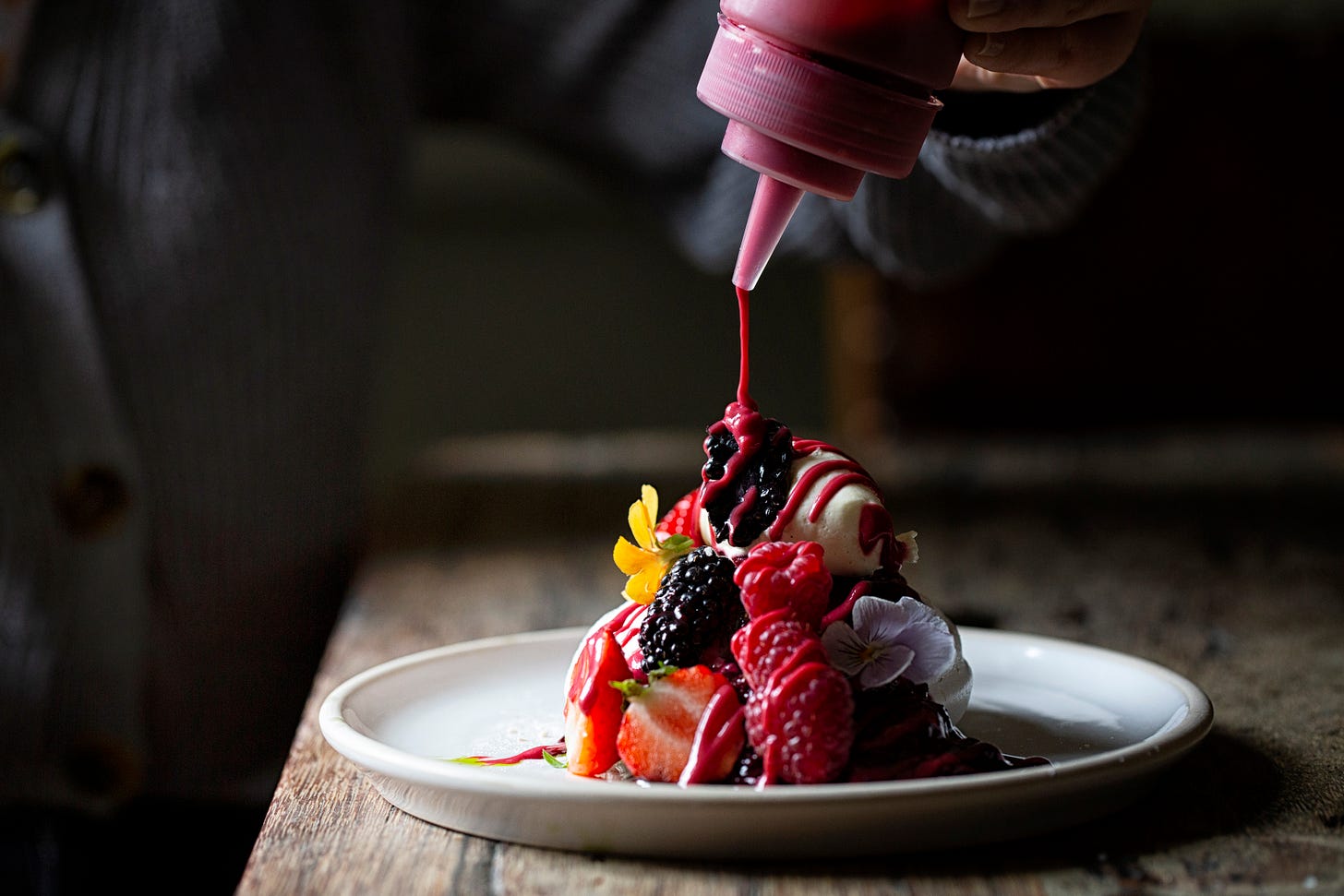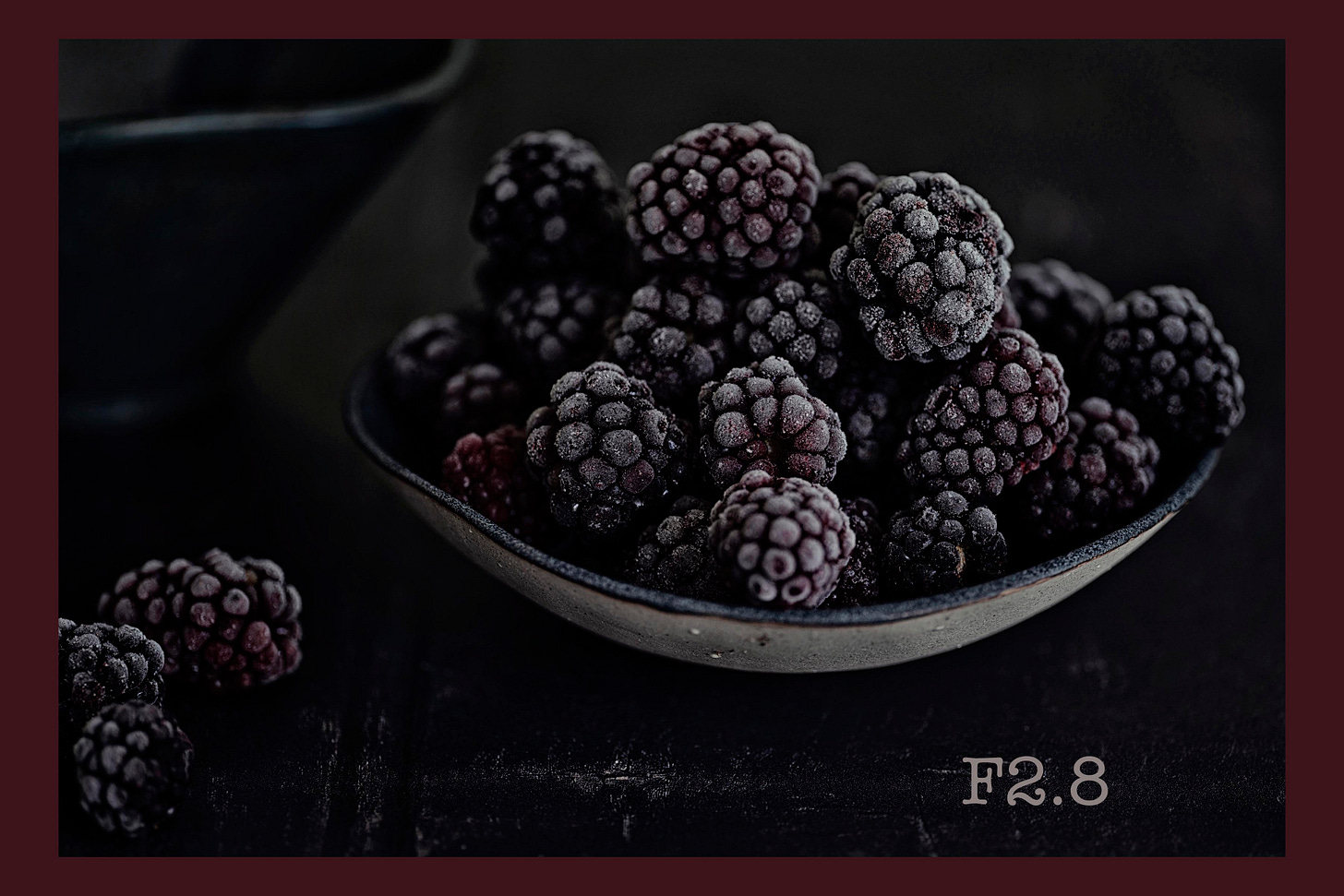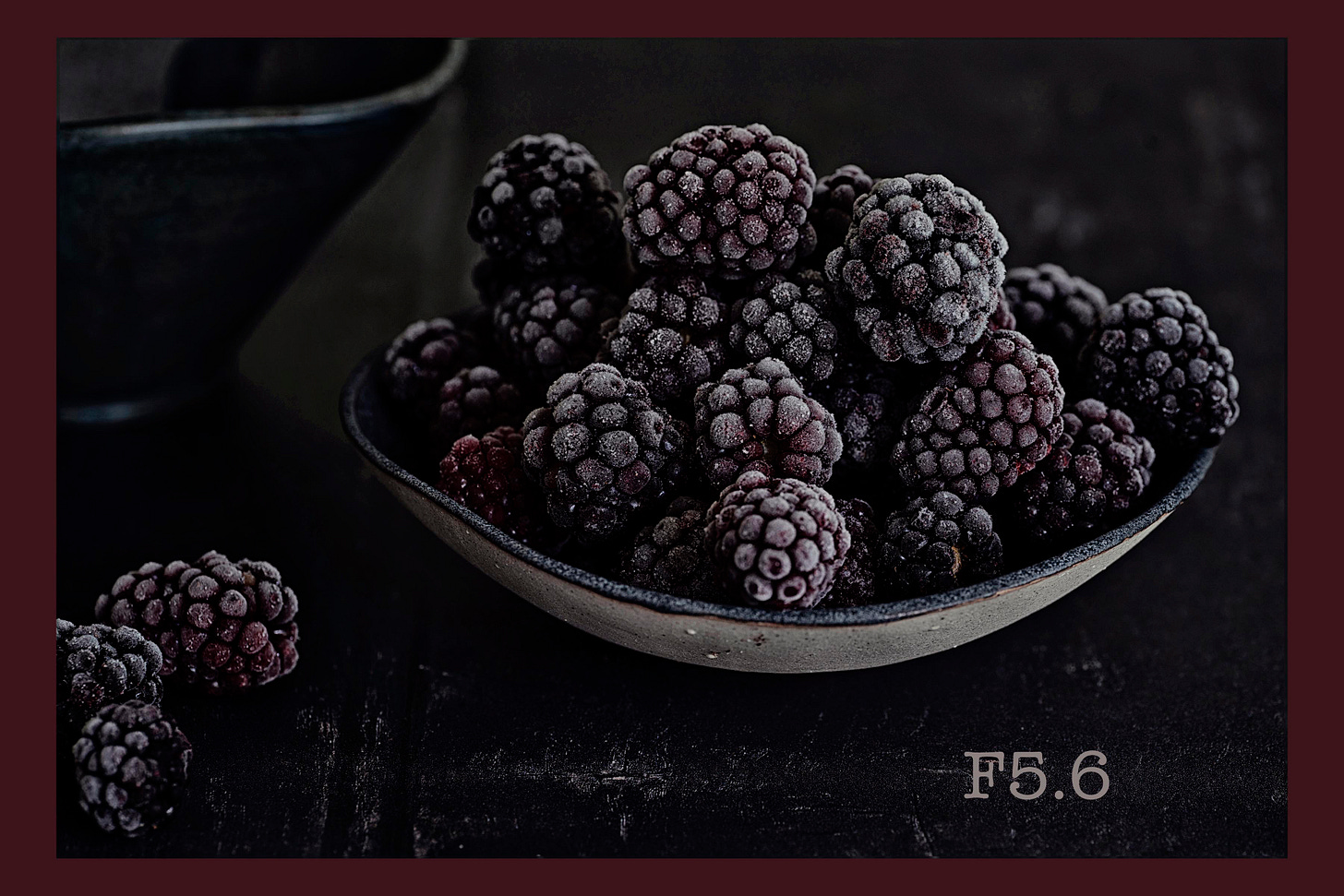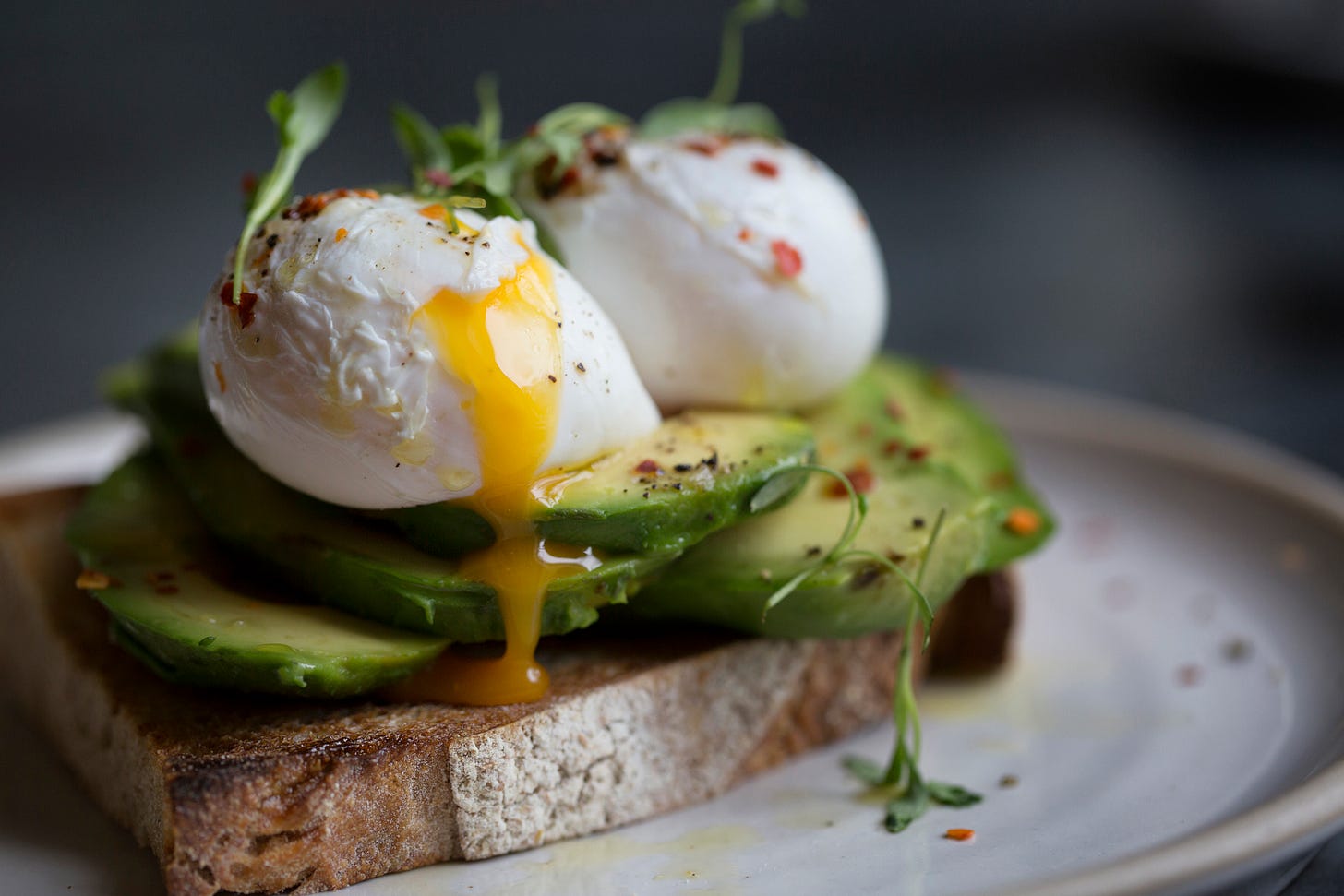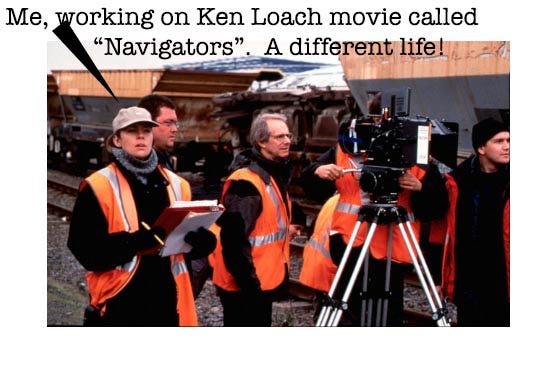Back in the dim and distant past, when I worked in Film and TV, there would often come a point usually around ten l-o-n-g hours into a shooting day, just as the crew was getting tired and grumpy and the light was turning to dusk, when the 1DOP would yell “Shoot it wide open” to the camera team. This often unwelcome instruction meant shoot it at a really low F-stop - F2.8 at the very least, sometime F1.4 if they were really unlucky - so that the camera aperture would be literally wide open and every last scrap of light that was left in the day would hit the back of the camera.
This would mean two things;
1. The wide open shutter might find just enough light rays that there would be half a chance of finishing the scene before night fell
2. There was an even higher chance of multiple takes on each shot, because pulling focus at that stop when you are shooting people walking and talking is almost impossible.
It fell to the poor focus puller to somehow keep the actors in focus with no margin of error, because shooting at F2.8 means that there is a seriously shallow depth of field, and actors have an annoying habit of moving around. Shooting at F2.8 produces beautiful images, with gorgeous soft backgrounds, but involves a super human level of skill from the focus puller if they are shooting a person who is pacing around.
Happily, in the world of food photography, that bowl of Pavlova is not likely to move, so shooting at F2.8 brings you all those beautiful advantages without the sweat inducing pressure of trying to keep focus on a moving target, I mean actor.
As a photographer it’s in your DNA to want to have some level of control over how you present whatever’s in front of your lens. This is true whether you are shooting Portaits, Weddings, Landscapes, or Food. The control can sometimes be about how you position the elements within your frame, but the biggest impact is in the 3 different settings that you choose to expose your shot. That controlling little triumvirate of Shutter speed, Aperture and ISO.
The idea is to balance them until you get the creative look that you have in your head, but also get the exposure you want (and do remember that “right exposure” can mean darker or lighter than the mid point that the manuals would have you hit every time. See earlier point about photographers being the ones who get to choose..)
Shutter Speed: If it gets too slow your pictures will become blurred without the use of a tripod. I personally can’t keep anything sharp below 1/80 if I’m shooting hand held. With a tripod, it doesn’t really matter how slow it is. In food photography, generally neither the camera or the subject are moving.
ISO: Higher ISO’s bring a degree of digital noise to the image. Different cameras have a different tolerance level, my 2camera of choice right now can deal with up to ISO2000 before everything turns to dust.
Aperture: The only restrictions to aperture are the lenses that you own. The cheaper end of the market often stops at F4, if you can afford to spend a bit more, then the range can go as low as F1.2. These are sometimes known as “fast glass” which I think is part of their allure to kit-heads, (whereas in reality I think that F1.2 is often too shallow for what most people need/want.)
One of the things I am asked on any course I run is “can you tell me the best settings”. But it’s a bit like asking a chef for the “best” combination of ingredients - the answer is always going to be that it depends on the outcome that you are trying to achieve. Combining Figs and Blue cheese is going to give you something completely different to combining Figs with honey and nuts. So, before you chose the combination, you first need to know what the dish that you are trying to achieve actually is. The same is true with a photograph.
If the end goal is a shot that quiets the noise of everything surrounding it and focuses you in on the beauty of the single 3drupelet on a blackberry, then I’m going to shoot at F2.8.
If I want the appreciation of the bowl of berries to be about their abundance, I will go up to F5.6
If I want to create a composition with blackberries as part of a wider tablescape then I will go to F8 or more.
The general idea being that the more of the scene that you want to show, the higher the F-Stop can 4be.
Like a lot of food photographers, I personally love a shallow depth of field. This is for a few different reasons, but I’ve come to realise recently that the main one is that I love to focus on the small stuff, and sometimes struggle with the bigger picture. I can spend an inordinate amount of time sorting out a single drawer, but when I zoom out to look at the whole room I’m floundering to know where to begin.
Secondly, as long as you are clear about where you want the point of focus in your image to actually be, shooting around F2.8 can be really impactful. It gives so much in terms of a wow factor so see a drip from an egg, or a droplet of water on an apple that you don’t need to add too much in by the way of a scene. If done well, it can make the viewer feel they can reach in a take it - the holy grail for a food photographer in terms of compliments.
What I want from a photograph is often a dreamy quality; in a world where far too much is in sharp focus right now, I want all the creamy, soft bokeh I can get. F2.8 is often where that magic happens, and interestingly it’s apparently also how the human eye sees the world, so you can now happily go about your day appreciating the magical 2.8-ness of your surroundings!
I hope this has been useful, and do message me with any questions, I’m always happy to help.
Thanks for reading, I very much appreciate your support, liking and sharing the content from my Substack really makes a difference and will help me to keep writing!
Director of Photography. The head of the camera and lighting crew on a film set.
I’m currently a big fan of the the SONY a7R V,
Drupelet - the actual botanical term for the little blobs on a blackberry or raspberry. I know, this was news to me too!
Remember the Higher the F-Stop number = the Wider the depth of field. I remember it as “High & Wide” “Small & Narrow”





